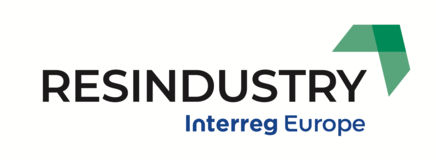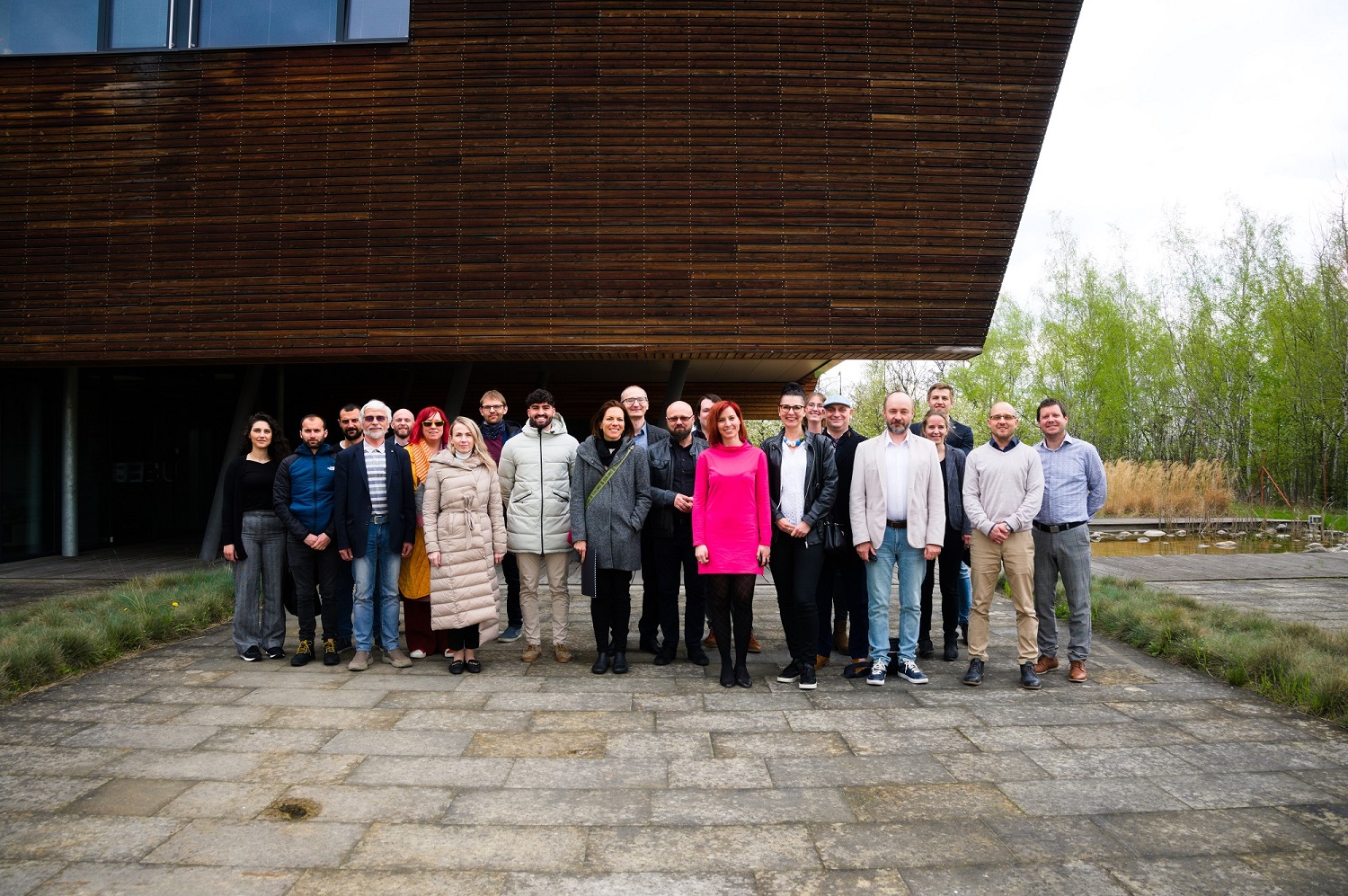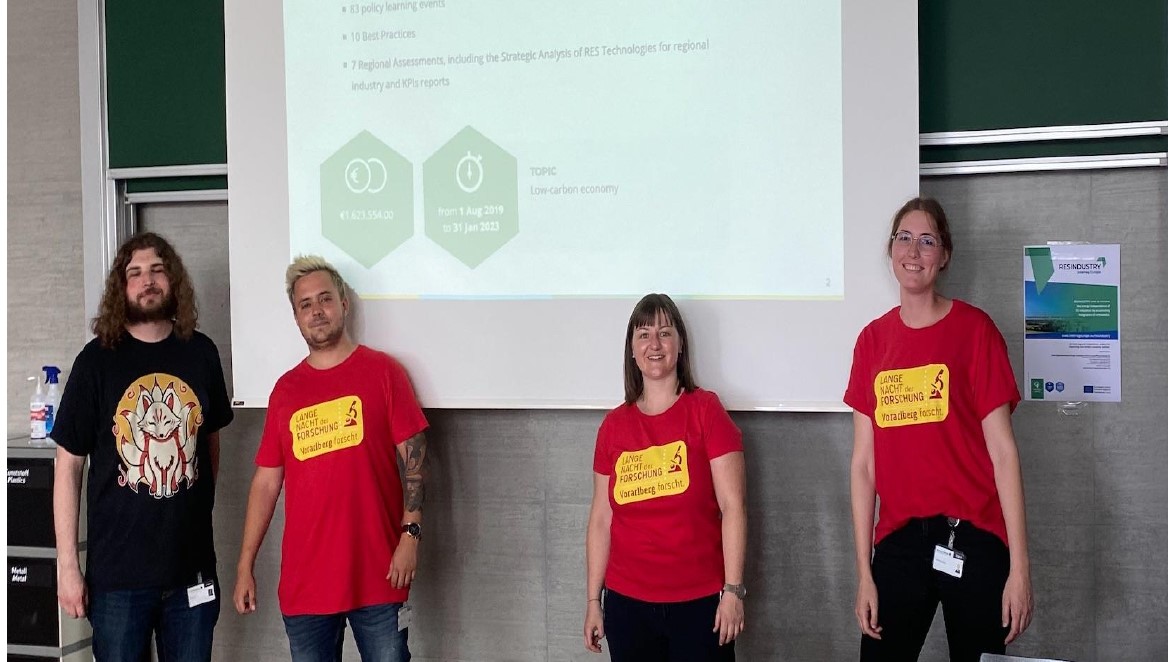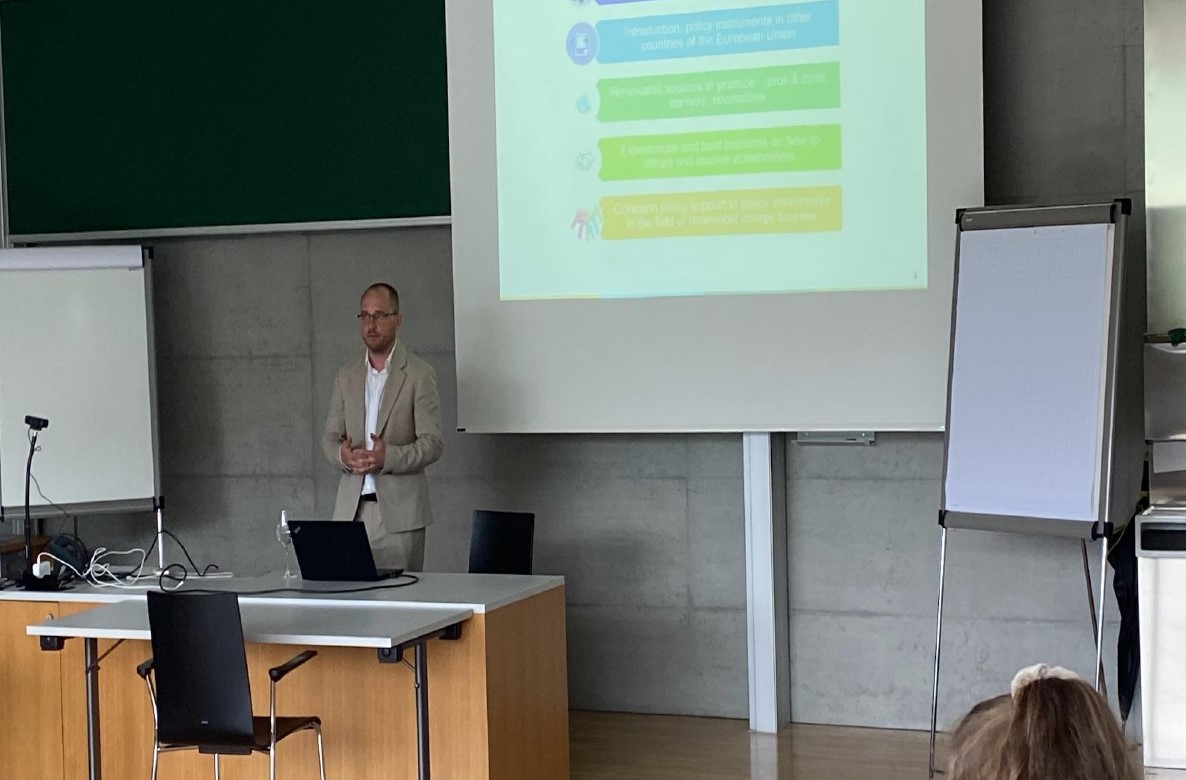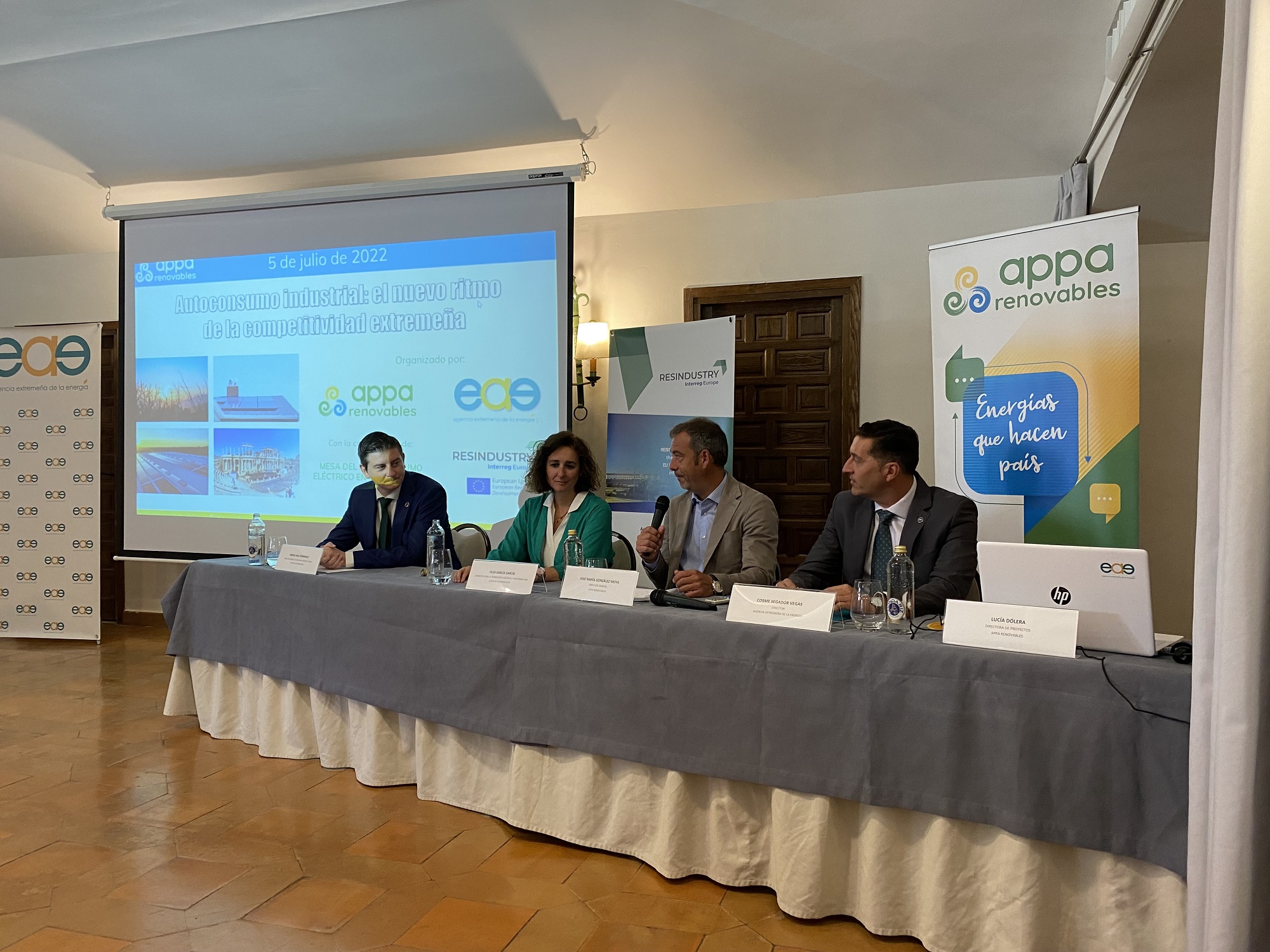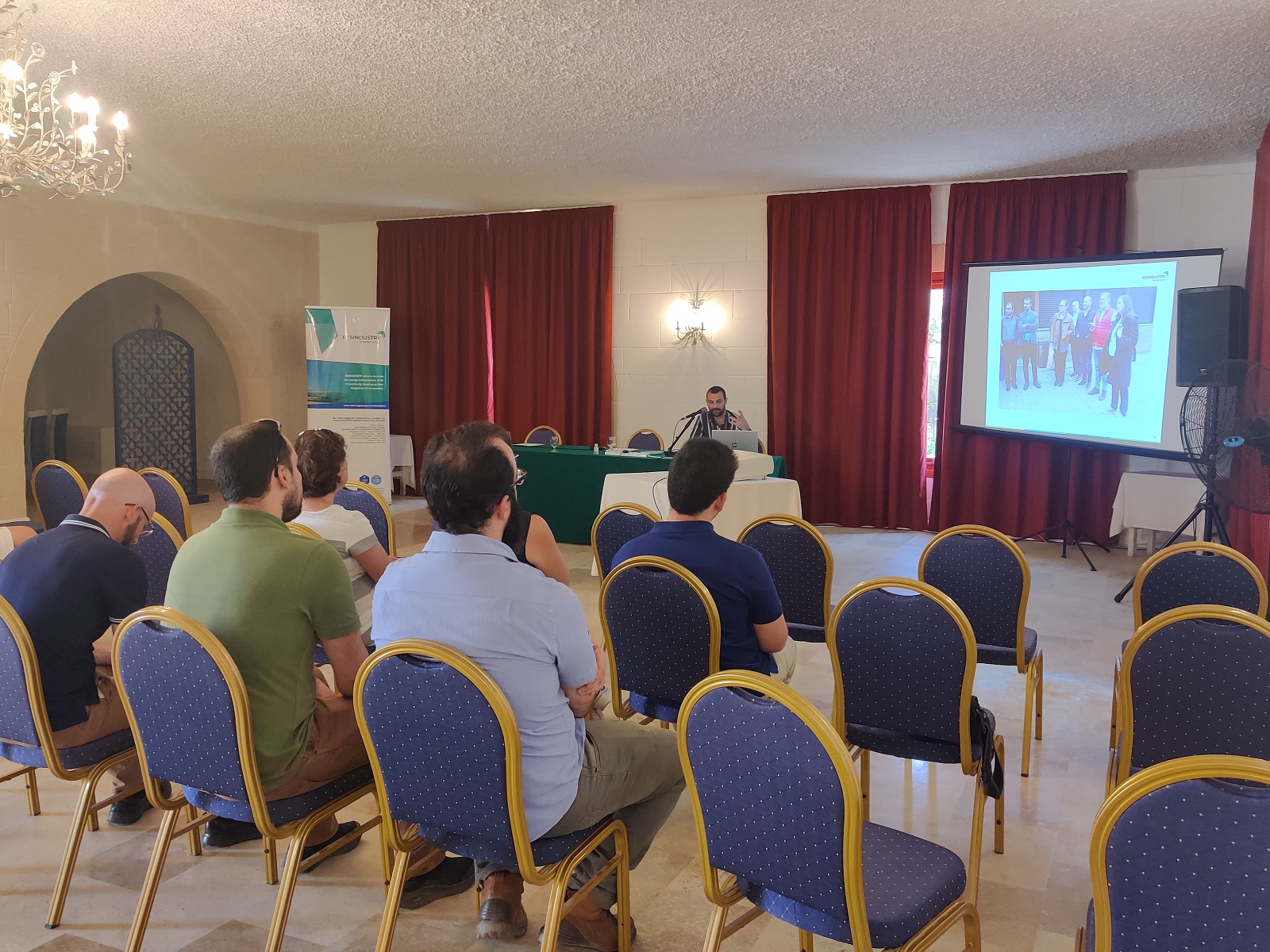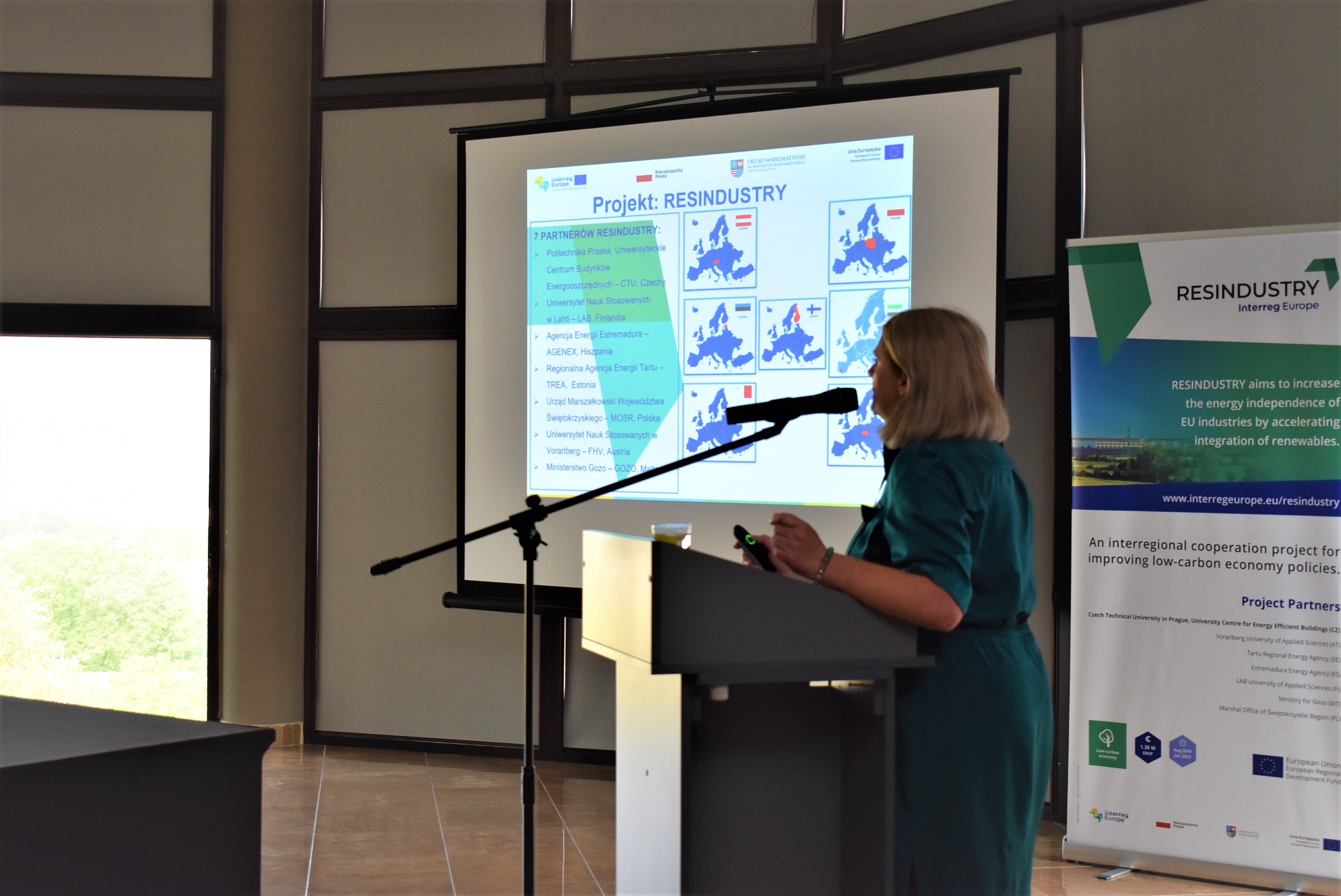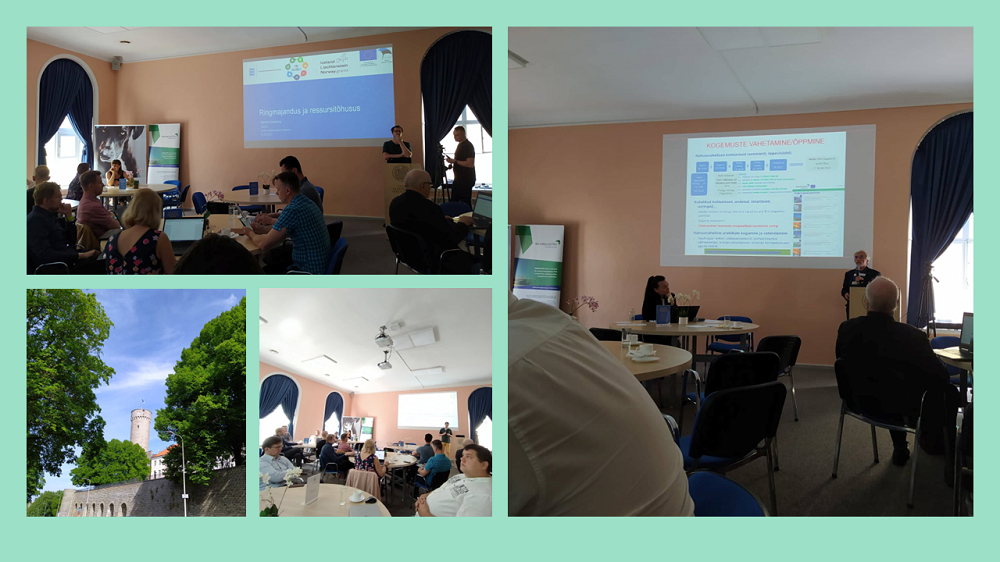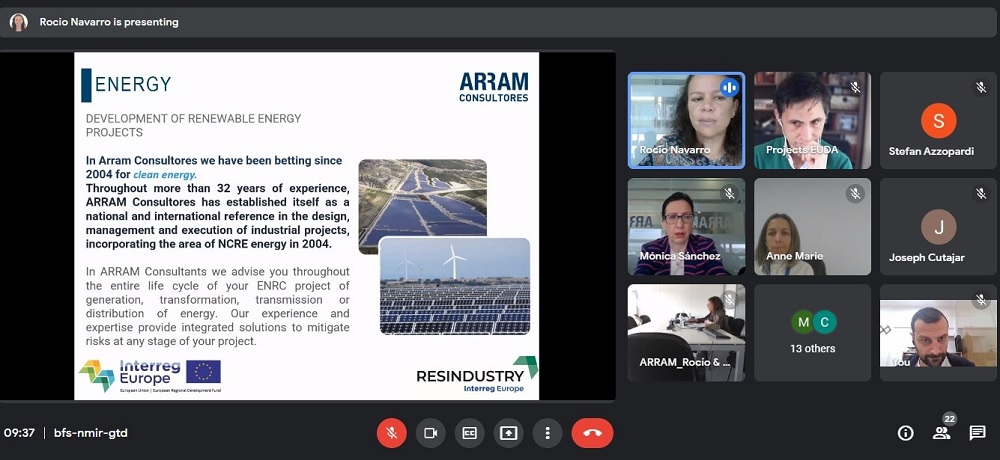Under the umbrella of IDERCEXA project, CICYTEX has developed a prototype of CSP to produce a medium-temperature solar thermal system, based on the FRESNEL technology. The development of this prototype has been a result of IDERCEXA (Research, Development and Renewable Energies for the improvement of the business fabric) project, which is led by AGENEX.
The Scientific and Technological Centre of Research in Extremadura (CYCITEX) is one of the partners of the Consortium who has developed a prototype of concentrated solar power (CSP) to produce a medium heat temperature. This prototype will help the water in the heating process, which needs to be at least 100°C when is used in one of the production stages of the cork.
Few years ago, CICYTEX participated in another POCTEP project called RITECA II, where they developed a pilot model that established the bases for this innovative CSP prototype called “Metal-solar prototype”. This has supplemented the thermal power needed to provide heat.

After the engineers studied the different CSP technologies, they decided to use the FRESNEL (LFR) type. This consists in the use of long and thin segments of mirrors to focus sunlight onto a receiver containing thermal fluid, that transfers the heat energy through a heat exchanger, operating in a wide range of temperatures.
This renewable energy improves the softening process that the cork requires to be used in different ways. Until this point, the cork industry was burning a great amount of pellet to achieve the range of temperature that this process requires (between 95°C -100°C). According to this research, the implementation of the renewable energy process has two main purposes for the industry.
- Firstly, to reduce the waiting period that the water temperature needs between the different cork firing cycles. Currently, they are firing the cork 7 or 8 times per day, with an awaiting time of 10-15 minutes between each cycle, until the water gets the required temperature. With the CSP prototype, which supports the heating process, the cork industry will reduce the firing gaps, and increase the production.
- Secondly, and due to this improvement, the company will significantly save in pellet consumption. For this reason, the production costs will be minimized and the company productivity will rise.
The design of the validation system is based on preliminary data obtained throughout IDERCEXA project. On the one hand, the cork cooking process was studied from an energy point of view, taking data in situ in different cork industries in San Vicente de Alcántara (Extremadura).
Subsequently, in order to obtain more precise information, an automated data recording system was installed in a specific cork industry, performing the dumping and analysis of these data weekly, to obtain a detailed energy profile of the cork firing.
CICYTEX has published a video summary of these project achievements on its YouTube channel, in the DIARY OF CICYTEX series: THE R&D WE DO (in Spanish).
